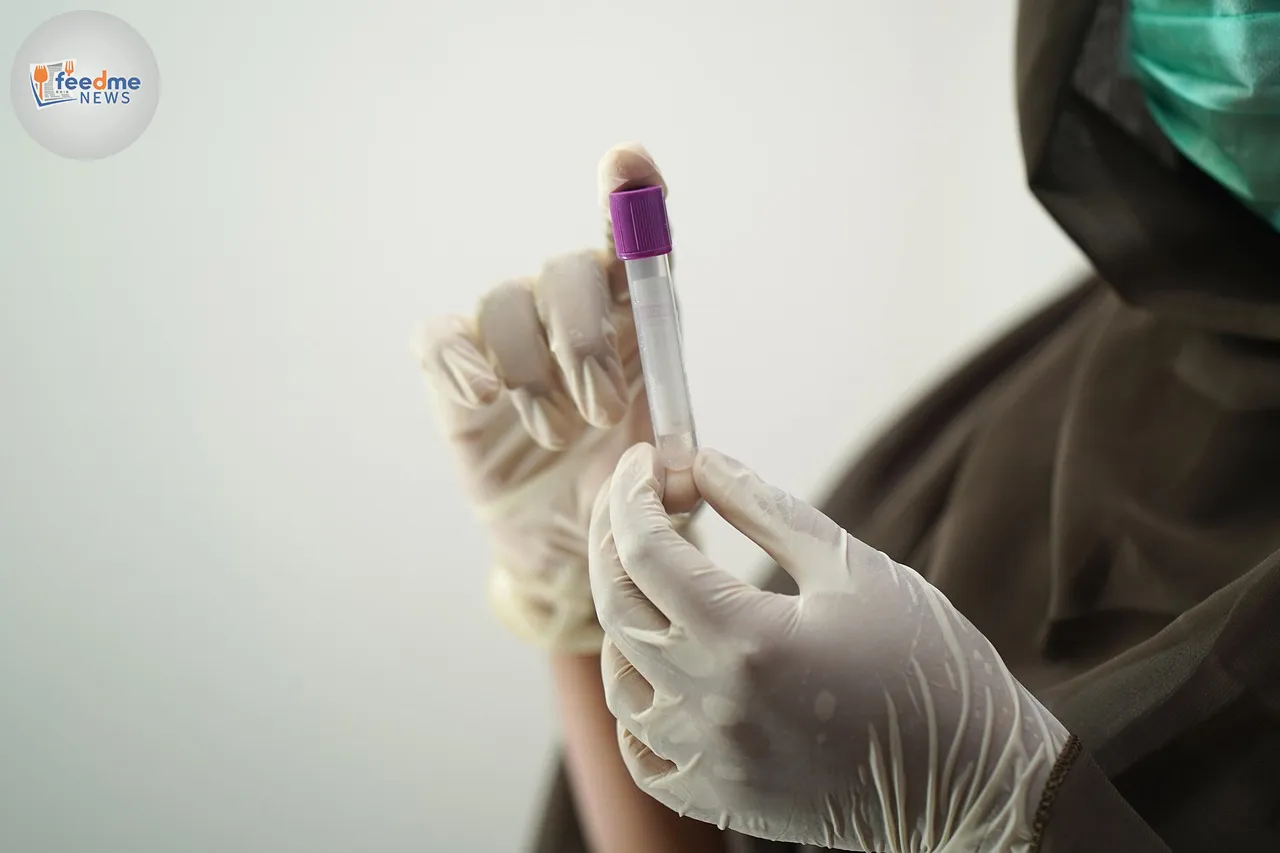Grant funding disruptions affect about one in 30 clinical trials, according to a research letter highlighted this month. The finding, published online in JAMA Internal Medicine, underscores how even brief interruptions in finance can slow recruitment, increase costs, and complicate data collection in studies that patients and clinicians rely on. Clinical trials depend on steady cash flow to pay research staff, secure study sites, process samples, and monitor safety. When funds stop, timelines slip and protocols face pressure. While the proportion may seem small, it signals a persistent risk across the research ecosystem. The report arrives as trial sponsors and investigators balance rising costs, complex regulatory duties, and longer pathways to bring therapies to patients.
JAMA Internal Medicine posted the research letter online on 17 November 2025. Medical Xpress reported the finding on 26 November 2025. JAMA Internal Medicine is a peer-reviewed journal within the JAMA Network.

Grant interruptions hit clinical trials harder than they look
Clinical trials run on fixed schedules that set out enrolment windows, dosing calendars, follow-up visits, and data checks. Funding gaps can break those schedules. When a grant pauses or falls short, research teams may reduce clinic hours, slow recruitment, or delay site payments. That knocks study planning off course and creates the risk of missing key milestones. Investigators must then rework timelines and re-brief participants, which adds administrative load and cost to already tight budgets.
Even short breaks can cause friction. Laboratories need consumables and service contracts to maintain equipment; trial sites need nurses, pharmacists, and coordinators in place. A stalled grant can trigger staff turnover if teams cannot bridge payroll. Restarting a study after a pause can take weeks, as sites re-activate approvals, retrain staff, and check data integrity. These knock-on effects amplify the initial disruption well beyond the face value of the funding delay.
A small share, a large impact: what ‘one in 30’ signals
The research letter’s estimate—about one in 30 trials—translates to roughly 3 in every 100 studies. On a global research landscape that runs thousands of active clinical trials at any time, that share points to a meaningful number of affected projects. Each disrupted study may involve patients who consented to participate in the hope of accessing potential new treatments or contributing to medical knowledge. Delays can erode trust, complicate follow-up, and reduce the amount of usable data.
The effect does not fall evenly. Trials with thin margins, such as investigator-led or early-phase studies, can struggle more to absorb shocks than industry-backed programmes with larger reserves. Disruptions can also push smaller centres to step back from multicentre collaborations if they cannot carry unpaid costs. That reshapes the trial network and can skew where evidence comes from, with consequences for the diversity and generalisability of results.
How funding runs out: grants, budgets and disbursement delays
Grants power a wide span of trials, from small feasibility studies to large, multi-year randomised controlled trials. Funding can falter for several reasons. Renewal decisions may take longer than planned, leaving a gap between grant cycles. Budgets can face temporary freezes during fiscal transitions. Disbursements can slow if sponsors need additional documentation or if administrative systems change. Any of these steps can interrupt cash flow to sites and labs even when a grant remains technically active.
Complex compliance demands can add pressure. Investigators and sponsors must meet ethics approvals, reporting schedules, and registry updates. When a funding pause occurs, teams face a dilemma: continue at risk and absorb costs, or halt activities and protect resources. Both options carry downsides. Continuing at risk can strain departmental budgets; stopping can lengthen the trial and complicate regulatory alignment. The research letter’s headline figure shines a light on this practical, day-to-day reality in clinical research.
The stakes for patients, data quality, and timelines
Patients enrol in clinical trials on the basis of clear schedules and support. If a study slows, participants may face longer gaps between visits, postponed procedures, or uncertainty about the next step in their care plan. That uncertainty can affect adherence and retention. Lower retention can reduce statistical power and may limit the ability to draw firm conclusions. It can also force investigators to seek time extensions or protocol amendments, which add complexity and cost.
Data quality relies on consistent processes. Interruptions risk uneven follow-up intervals and missing data points. If sites close temporarily, sample processing can slip past validated windows. Such deviations can lead to more queries during monitoring and longer analysis times after last patient last visit. While teams often recover from disruptions, the effort required to restore momentum can be significant, especially in studies that depend on tight timing or scarce resources.
Strategies to prevent stoppages: bridge funds and better planning
Research institutions and sponsors use several tactics to manage funding risk. Some organisations set up bridge-funding schemes to support essential staff and site operations during short gaps. Others build contingency lines into budgets or maintain modest reserves for critical tasks such as safety monitoring and data management. Careful cash-flow forecasting, early renewal applications, and close communication with funders can also reduce the chance of an unexpected halt.
Transparent reporting helps as well. When teams update trial registries and participant information promptly, they support patient trust and scientific credibility. Clear communication with collaborating sites keeps everyone aligned on interim plans. While these steps cannot prevent every disruption, they can shorten downtime and protect core trial functions. The research letter’s signal encourages sponsors and institutions to review their safeguards and identify weak points before they translate into stoppages.
Questions the research community needs to answer next
The new estimate raises practical questions for future work. Do funding disruptions cluster by trial phase, therapeutic area, or sponsor type? How long do typical gaps last, and which parts of a study bear the brunt? What share of disrupted trials require protocol amendments, and how do those changes affect outcomes and publication timelines? Consistent, transparent metrics would help funders and investigators target support where it delivers the most stability.
It also highlights the value of early warning systems for cash-flow risk. Better dashboards, shared between sponsors and sites, could flag upcoming gaps and trigger bridge plans. Wider adoption of standard operating procedures for pauses and restarts could protect data quality. As the community studies these patterns in more detail, it can design practical tools to keep trials on track even when budgets tighten or decisions slow.
The timing of this finding matters. Health systems continue to push for faster, more efficient evidence generation. At the same time, research costs rise. The one-in-30 figure captures a tension that many investigators recognise: when funding wavers, progress suffers.
Looking ahead, the headline number tells a clear story: stability in funding underpins reliability in clinical evidence. Even a small rate of disruption can touch many patients and sites across the research landscape. Sponsors, universities, and charities can act on the lessons now by strengthening bridge mechanisms, refining cash-flow planning, and keeping communication open when budgets shift. JAMA Internal Medicine’s publication of the research letter on 17 November 2025 brings timely attention to an operational risk that rarely makes headlines but strongly shapes results. Medical Xpress’s reporting on 26 November 2025 extends that signal to a broader audience. As funders set priorities for the next cycle, they face a simple test: protect continuity, and protect the science that depends on it.





